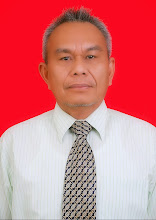Electricity Condition
Demand
for electricity in Maluku is supplied by some isolated systems
namely Ambon,
Namlea, Tual, Saumlaki, Mako, Piru, Bula, Masohi, Dobo, and Langgur Systems. Peak
utilization in 2011 reached 70.79 MW.
Total
installed capacity of power plants in Maluku up to 2011 was 268.54 MW consisting of Diesel Power Plants 217.04 MW and Solar Power Plants 51.50 MW. Total electricity sale for Maluku in 2011 reached 337 GWh.
Energy Potentials
Maluku
is estimated to have hydro potentials of 156.4 MW. In addition, thermal potentials
of 590 MWe are also estimated in 17 locations namely Waisekat, Wapsalit-Waeapo,
Batabual, Larike, Taweri, Tolehu, Oma-Haruku, Saparua, Nusa Laut, Tehoru, Banda
Baru, Pohon Batu, Kelapa Dua, Warmong, Esulit, Lurang, and Karbubu.
Natural gas potentials are estimated to reach 15.22 TSCF and oil potentials
48.07 MMSTB.
Electricity Demand Estimate
It is projected that demand for electricity for the period 2012-2031 shall grow averagely by 9.3% per year so that in 2031 electricity
need is expected to reach 2.1 TWh.
To fulfill peak utilization growth of averagely
8.9% per year until 2031, then additional power
of averagely 30 MW per year shall
be needed.
